How to Count Cards in Blackjack: Strategies, Benefits, and Casino Policies
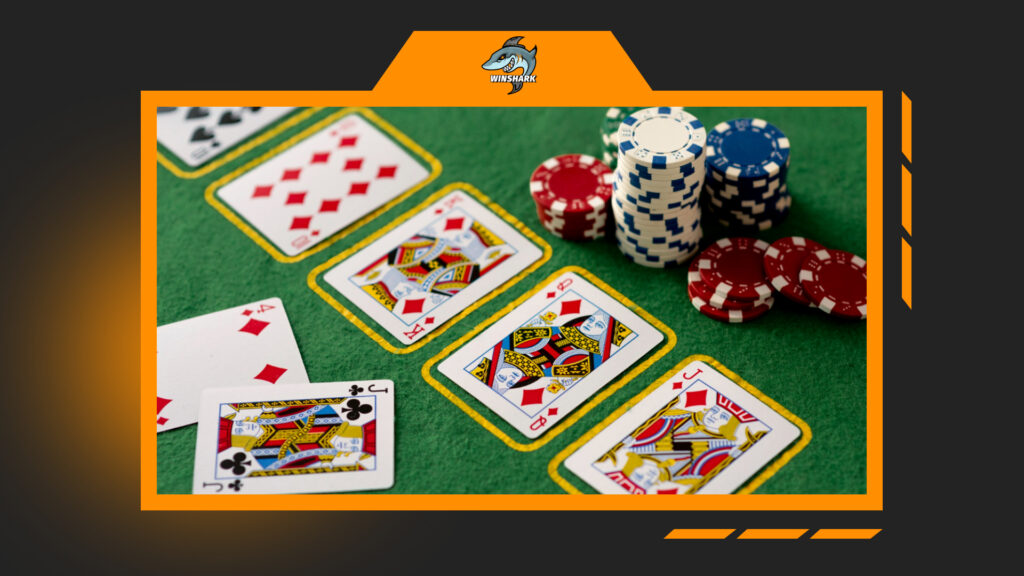
What Is Card Counting in Blackjack?
It is a technique used in blackjack to keep track of the cards that have already been dealt in order to estimate the ones that are likely to come next. It’s not some secret hacker move or a photographic memory trick, it’s basic math applied with focus and consistency.
In every game, the composition of the remaining deck matters. When there are more high cards (10s, face cards, and Aces) left in the shoe, the odds shift slightly in favor of the player. When there are more low cards (2 through 6) left, the advantage swings back to the casino. Card counting is a way to monitor that balance by assigning simple values to the cards as they’re revealed and keeping a mental tally, known as the “running count.”
This count helps the player decide:
- When to increase their bet (when the deck is rich in high cards)
- When to hold back or play conservatively (when low cards dominate)
- How to make smarter decisions in borderline situations like doubling down or standing on a weak hand
What It’s Not:
- It’s not illegal, you’re not cheating; you’re using your brain.
- It’s not about predicting exact cards, just general probabilities.
- It’s not foolproof, you can still lose even with a good count, especially in the short run.
Instead, tracking cards is about making slightly better decisions over time. That small edge (often just 1% or 2%) can turn the house advantage on its head if applied correctly.
At the end of the day, keeping a running count is simply a tool. It doesn’t guarantee huge wins, but it helps skilled players play smarter and potentially come out ahead over the long run.
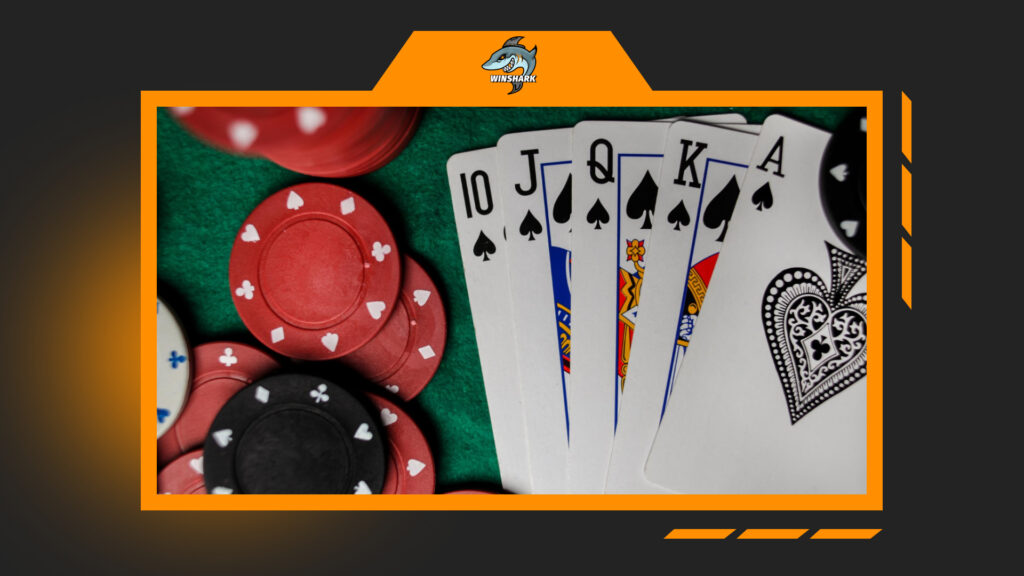
How to Count Cards: The Basics
Card count strategy might sound intimidating at first, but the basics are surprisingly simple, you’re not memorizing every card, just keeping a basic score in your head as the game unfolds.
Step 1: Assign a Value to Each Card
To start counting, you use a system that gives a simple point value to each card dealt. The most common one is called the Hi-Lo system. Here’s how it breaks down:
- Low cards (2, 3, 4, 5, 6) → +1
- Neutral cards (7, 8, 9) → 0
- High cards (10, J, Q, K, A) → –1
Why these values? Because low cards help the dealer more than the player, they make it less likely the dealer will bust. High cards help the player, they increase chances of getting blackjack, better double-down situations, and dealer busts. The point values reflect that.
Step 2: Keep a Running Count
As cards are dealt during the game (to you, other players, and the dealer), you mentally add or subtract the card values. This running tally is called the running count.
Example:
Let’s say the following cards come out in a few hands: 5, 3, 10, K, 8, 2, 7, A
You apply the values: 5 (+1), 3 (+1), 10 (–1), K (–1), 8 (0), 2 (+1), 7 (0), A (–1)
Running count = +1
A positive running count means more high cards are left in the deck which is good news for players. A negative count means lots of high cards are already gone — not ideal.
Step 3: Convert to a True Count (for Multi-Deck Games)
In most games, you’re not playing with just one deck, it’s usually 6 or 8. That’s where the true count comes in. To calculate it, divide the running count by the estimated number of decks left in the shoe.
Formula: True Count = Running Count ÷ Decks Remaining
Example: If your running count is +6 and you estimate there are 3 decks left, your true count is +2.
This adjustment is crucial, a +6 count with one deck left is powerful. But +6 with six decks left? Not so much.
Step 4: Adjust Your Bets and Play
Once you have a count, you adjust your bets based on how favorable the deck is:
- Positive true count? Bet more. You’ve got the edge.
- Negative or neutral count? Bet minimum. No reason to risk it.
Many experienced players also change how they play based on the count like hitting or standing in borderline hands, or being more aggressive with doubles and splits.
Tracking cards takes practice but the math is simple. With repetition and a cool head, players can learn to keep track of the game and spot those rare moments when the odds tip in their favor.
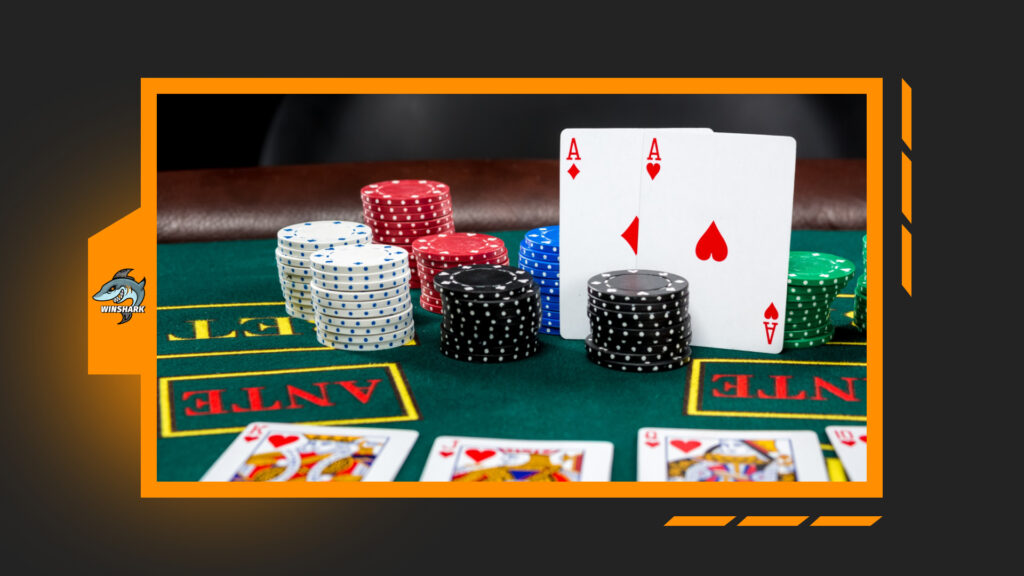
Most Popular Card Counting Systems
It isn’t one-size-fits-all. Over the years, players have developed different systems, some easy enough for beginners, others complex enough to make your head spin. They all serve the same goal: helping you estimate whether the remaining deck favors you. The right system depends on your skill level, patience, and how deep you’re willing to dive.
Let’s break down the most well-known keeping a running count system (from entry-level to advanced) and see how they stack up.
Hi-Lo System (High-Low)
Best for: Beginners to intermediate players
Deck adaptation: Single and multi-deck
True count required: Yes
This is the gold standard of counting and for good reason. It strikes a perfect balance between simplicity and effectiveness. In the Hi-Lo system:
- Cards 2–6 = +1
- Cards 7–9 = 0
- Cards 10, J, Q, K, A = –1
As the cards are dealt, you track the running count and convert it to the true count when playing with multiple decks. You then adjust your bets and decisions accordingly, bet more when the count is high, less when it’s low.
Why it works: High cards left in the deck increase your chances of hitting blackjack, getting better double-down spots, and pushing the dealer to bust.
Why players love it: It’s easy to learn, widely used, and well-tested.
KO System (Knock-Out)
Best for: New players who want to skip math
Deck adaptation: Works best in single-deck games
True count required: No
The KO system is basically Hi-Lo without the step of calculating the true count. That makes it more beginner-friendly and less stressful to use at the table.
In KO:
- Cards 2–7 = +1
- Cards 8–9 = 0
- Cards 10, J, Q, K, A = –1
Notice the difference? KO includes 7s as positive cards, which slightly shifts the balance and eliminates the need to divide by the number of decks. The count is adjusted to a “key count” — a specific number where you know the deck is in your favor, even without calculating the true count.
Why it works: It removes a layer of complexity.
Downside: Slightly less precise in multi-deck shoes, where true count becomes more important.
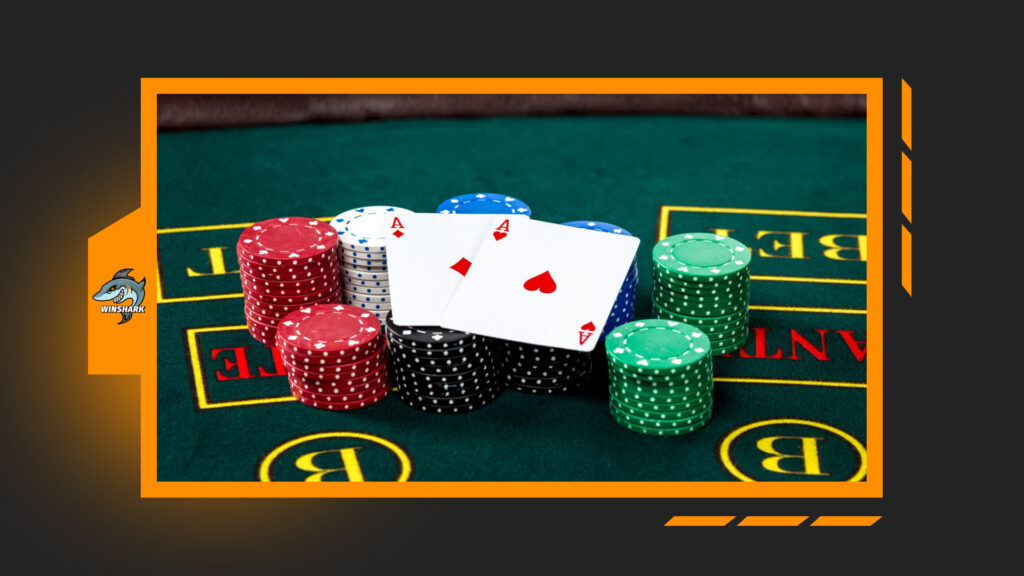
Omega II System
Best for: Experienced players who want more accuracy
Deck adaptation: Multi-deck games
True count required: Yes
This is a multi-level system, meaning it assigns a wider range of values to different cards to increase precision.
In Omega II:
- Cards 2, 3, 7 = +1
- Cards 4, 5, 6 = +2
- Card 9 = –1
- Cards 10, J, Q, K = –2
- Ace = 0 (tracked separately)
You still track a running count and convert it to a true count, but the system also recommends “ace side counting” — separately tracking how many Aces have been dealt to fine-tune your betting and playing decisions.
Why it works: Greater detail = better decision-making.
Why it’s tough: More to remember. You need to be focused, fast, and accurate under pressure.
Wong Halves System
Best for: Tracking cards purists and math lovers
Deck adaptation: Multi-deck, especially 6–8
True count required: Yes
Named after legendary player Stanford Wong, this system pushes precision to the limit by using fractional values:
- 2, 7 = +0.5
- 3, 4, 6 = +1
- 5 = +1.5
- 9 = –0.5
- 10, face cards = –1
- Ace = 0 (tracked separately)
Wong Halves gives incredibly detailed insight into the deck’s composition. The tradeoff? It’s hard to use in real time unless you’ve trained seriously, we’re talking hundreds of hours of practice.
Why it works: Arguably one of the most accurate systems ever.
Why few use it: You need serious memory, speed, and confidence.
System Comparison Chart
| System | Ease of Use | Accuracy | True Count Needed | Ideal For |
| Hi-Lo | Easy | High | Yes | Most players |
| KO (Knock-Out) | Very Easy | Medium | No | Beginners |
| Omega II | Medium-Hard | Very High | Yes | Skilled players |
| Wong Halves | Difficult | Extremely High | Yes | Math-heavy pros |
What Advantage Does Card Counting Give?
Counting cards isn’t a magic trick that guarantees instant riches. But when applied properly, it subtly shifts the odds in the player’s favor and over time, that shift can become a serious edge.
In a typical blackjack game, the house enjoys about a 0.5% advantage. That means for every $100 bet, statistically it earns 50 cents. Now, that might not sound like much, but over hundreds or thousands of hands, it becomes a reliable stream of profit for the house.
Here’s where card count strategy flips the script. A skilled player, using a solid system and sticking to it with discipline, can turn that 0.5% house edge into a 1–2% player advantage. It’s not flashy, but it’s real. That kind of edge means the player becomes the one expected to win in the long run and it becomes the underdog.
This doesn’t mean the counter wins every session. There are still swings, bad beats, and variance. But across thousands of hands, that slight edge adds up. That’s why professional counters don’t chase big wins in one night. They wait for the count to favor them, raise their bets only when it matters, and play the long game.
To really get the most out of counting cards, though, practice is key. That’s where tools like Winshark come into play. They let players simulate real conditions, test counting systems, fine-tune their skills, and analyze patterns, all without risking a dollar. It’s like a flight simulator, helping you build confidence before stepping into a live casino or online table.
What does card count strategy give you? Not just better odds but control. Control over when to bet big, when to sit tight, and how to play a game that most people just gamble on blindly. And in a casino, having control is a rare and powerful thing.
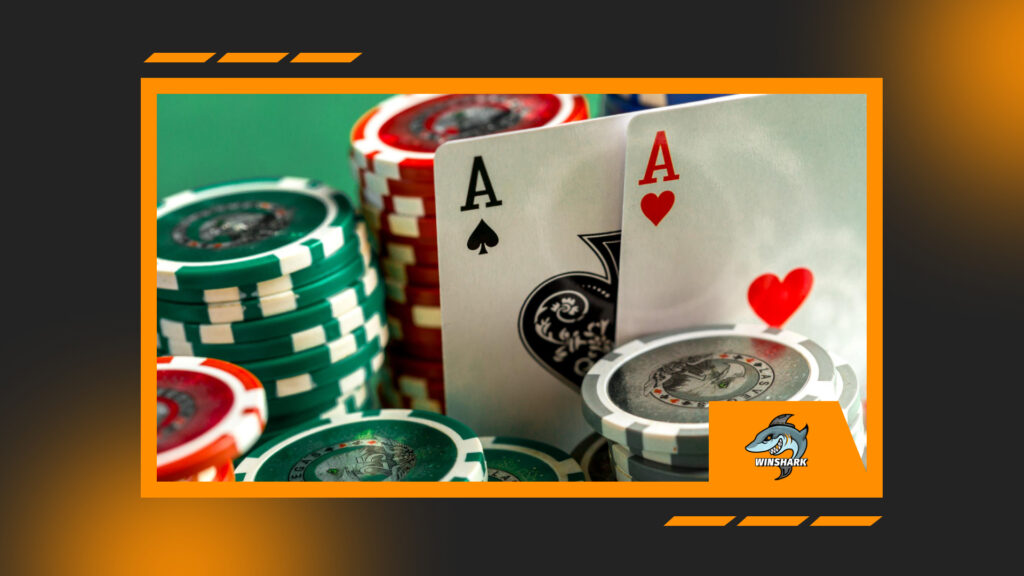
How Casinos React to Card Counting
First things first: card count strategy is not illegal. It’s a mental skill, simply keeping track of cards that have been played to gain insight into what remains in the deck. You’re not cheating, hacking, or breaking any laws. But iGaming platforms definitely don’t welcome card counters with open arms.
Why? Because the count strategy directly threatens their profits. Casinos rely on the house edge to make money, and when a player gains an edge, even a small one, it can cost thousands or even millions over time.
In land-based gambling, spotting a card counter is a full-time job for trained staff. Dealers, pit bosses, and surveillance teams watch for subtle behaviors like:
- Dramatic changes in bet sizes: sudden increases when the count is favorable and decreases when it’s not.
- Unusual focus or eye movement: players glancing frequently at the discard tray or the dealer’s shoe.
- Body language and mannerisms: intense concentration, unusual hand movements, or repetitive counting motions.
- Consistent winning streaks or avoiding losing sessions over long periods.
If a player raises suspicion, the online casino has a toolkit of countermeasures:
- Flat-betting: Dealers might insist the player keeps their bets the same size, cutting off the ability to increase bets when the count is hot.
- Early shuffling: The dealer can reshuffle the shoe well before all cards are dealt, erasing any advantage the player may have been tracking.
- Game exclusion: They can politely (or not so politely) ask the player to stop playing blackjack or any other table game.
- Banning and ejecting: In extreme cases, persistent card counters can be banned from the casino entirely and escorted off the premises.
These actions are perfectly legal. Casinos are private venues and have the right to protect their business. This means card counters must be not only mathematically skilled but also masters of disguise, blending in, managing their bets carefully, and avoiding any obvious patterns that draw attention.
Despite the risks, the potential reward of consistently beating the house keeps many players honing their counting skills. They learn to be patient, to fold when the count is bad, and only raise the stakes when the odds are clearly in their favor.
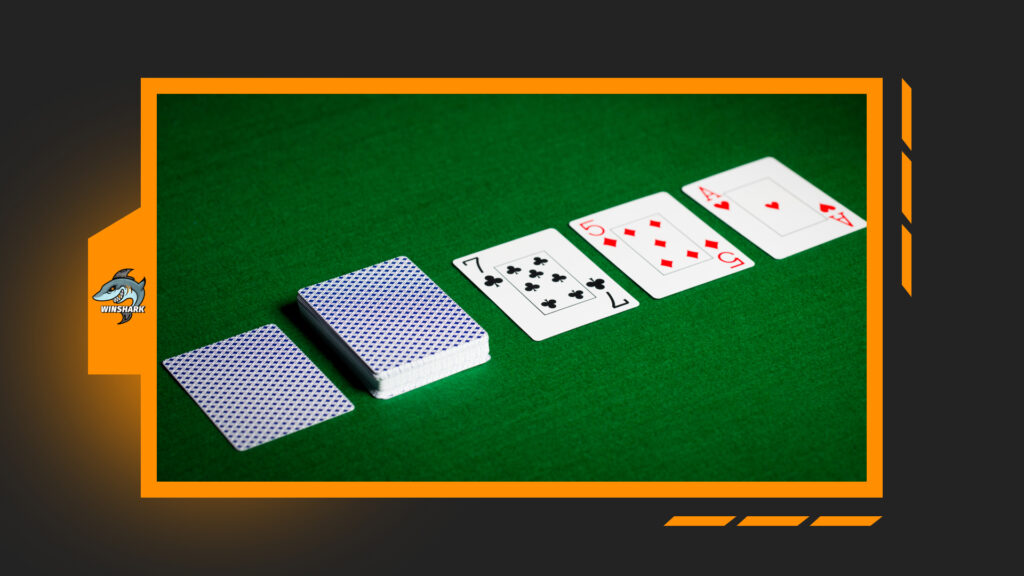
Can You Count Cards in Online Blackjack?
When it comes to online ones, the rules of the game change dramatically. The main hurdle is the random number generator (RNG), the software that shuffles the deck after every single hand. Because of this automatic reshuffling, traditional card count strategy is basically impossible in standard online black jack games.
Why? Card ratio tracking relies on knowing which cards have already been dealt to predict what’s left. But if the deck is shuffled every hand, the composition is always random, so no running count can give you any advantage. In other words, the deck is “fresh” every deal, making counting pointless.
However, the rise of live dealer blackjack has changed the landscape. In these games, real dealers physically shuffle and deal cards in real-time, streaming the action to your screen. Some live casino operators use multi-deck shoes and only shuffle after a certain number of cards have been dealt, just like in a land-based casino.
This opens a window for card counting online, but with caveats:
- The shoe size and shuffle frequency impact how much counting can help.
- The speed of dealing and betting limits might make it harder to track the count accurately.
- Casino staff monitoring live games might still act on suspicious betting patterns, just like in physical ones.
For players serious about using card strategies online, resources like Winshark are invaluable. Winshark offers deep insights and analytics into which live dealer casinos have black jack games with rules and conditions that favor counters — fewer decks, slower shoe reshuffling, or lenient betting limits.
By using such tools, players can find the best tables where the card ratio tracking stands a chance, practice their skills, and make smarter decisions before even sitting down at a virtual table.
While pure RNG-based online one kills the counting game, live dealer blackjack keeps the possibility alive for those who know how to spot the right tables and play smart.
Final Thoughts
Card counting remains one of the most fascinating and talked-about strategies in blackjack. While it’s not a guaranteed win button, mastering the basics can tilt the odds just enough to give you a meaningful edge over the casino. It’s a skill that demands patience, sharp focus, and a cool head, not just quick math.
Whether you’re playing live in a bustling or testing strategies through platforms like Winshark’s online black jack simulations, understanding card counting principles can transform the way you approach the game. Keep in mind that casinos are well-aware of counters and may take measures to limit your advantage, so discretion is key.
In the end, counting isn’t about luck, it’s about strategy and discipline. Even a small edge can pay off big in the long run when you’re consistent. So if you want to play smarter, not just harder, diving into card tracking systems and practicing your skills could be the difference between a casual player and a real black jack pro.

 Blackjack
Blackjack Slots
Slots


Comments
Be the first to leave a comment!